Abstract expressionism in the United States emerged as a distinct art movement in the immediate aftermath of World War II and gained mainstream acceptance in the 1950s, a shift from the American social realism of the 1930s influenced by the Great Depression and Mexican muralists. The term was first applied to American art in 1946 by the art critic Robert Coates. Key figures in the New York School, which was the center of this movement, included such artists as Arshile Gorky, Jackson Pollock, Franz Kline, Mark Rothko, Norman Lewis, Willem de Kooning, Adolph Gottlieb, Clyfford Still, Robert Motherwell and Theodoros Stamos among others.
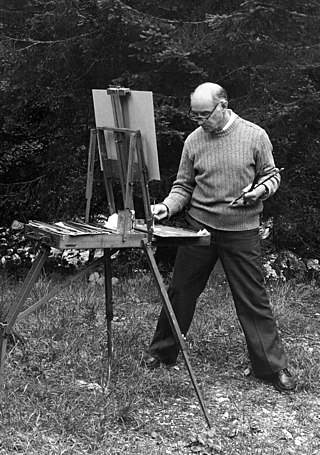
Abstract impressionism is an art movement that originated in New York City, in the 1940s. It involves the painting of a subject such as real-life scenes, objects, or people (portraits) in an Impressionist style, but with an emphasis on varying measures of abstraction. The paintings are often painted en plein air, an artistic style involving painting outside with the landscape directly in front of the artist. The movement works delicately between the lines of pure abstraction and the allowance of an impression of reality in the painting.
Action painting, sometimes called "gestural abstraction", is a style of painting in which paint is spontaneously dribbled, splashed or smeared onto the canvas, rather than being carefully applied. The resulting work often emphasizes the physical act of painting itself as an essential aspect of the finished work or concern of its artist.

Willem de Kooning was a Dutch-American abstract expressionist artist. Born in Rotterdam, in the Netherlands, he moved to the United States in 1926, becoming a US citizen in 1962. In 1943, he married painter Elaine Fried.

Monochromatic painting has played a significant role in modern and contemporary Western visual art, originating with the early 20th-century European avant-gardes. Artists have explored the non-representational potential of a single color, investigating shifts in value, diversity of texture, and formal nuances as a means of emotional expression, visual investigation into the inherent properties of painting, as well as a starting point for conceptual works. Ranging from geometric abstraction in a variety of mediums to non-representational gestural painting, monochromatic works continue to be an important influence in contemporary art.

Franz Kline was an American painter. He is associated with the Abstract Expressionist movement of the 1940s and 1950s. Kline, along with other action painters like Jackson Pollock, Willem de Kooning, Robert Motherwell, John Ferren, and Lee Krasner, as well as local poets, dancers, and musicians came to be known as the informal group, the New York School. Although he explored the same innovations to painting as the other artists in this group, Kline's work is distinct in itself and has been revered since the 1950s.
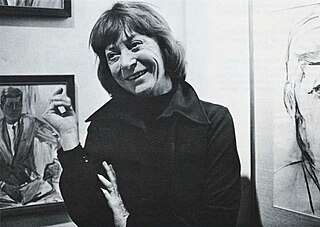
Elaine Marie Catherine de Kooning was an Abstract Expressionist and Figurative Expressionist painter in the post-World War II era. She wrote extensively on the art of the period and was an editorial associate for Art News magazine.
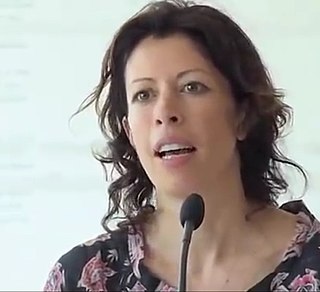
Cecily Brown is a British painter. Her style displays the influence of a variety of contemporary painters, from Willem de Kooning, Francis Bacon and Joan Mitchell, to Old Masters like Rubens, Poussin and Goya. Brown lives and works in New York.
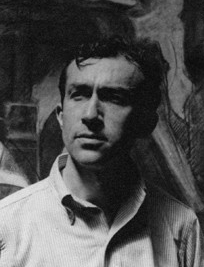
Hyman Bloom was a Latvian-born American painter. His work was influenced by his Jewish heritage and Eastern religions as well as by artists including Altdorfer, Grünewald, Caravaggio, Rembrandt, Blake, Bresdin, Ensor and Soutine. He first came to prominence when his work was included in the 1942 Museum of Modern Art exhibition "Americans 1942 -- 18 Artists from 9 States". MoMA purchased 2 paintings from the exhibition and Time magazine singled him out as a "striking discovery" in their exhibition review.

Thomas E. Ammann was a leading Swiss art dealer in Impressionist and twentieth century art, and a collector of post-war and contemporary art.

New York Figurative Expressionism is a visual arts movement and a branch of American Figurative Expressionism. Though the movement dates to the 1930s, it was not formally classified as "figurative expressionism" until the term arose as a counter-distinction to the New York–based postwar movement known as Abstract Expressionism.

Joop Sanders was a Dutch-American painter, educator, and founding member of the American Abstract Expressionist group. He was the youngest member of the first generation of the New York School.
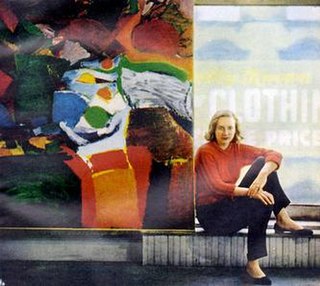
Grace Hartigan was an American Abstract Expressionist painter and a significant member of the vibrant New York School of the 1950s and 1960s. Her circle of friends, who frequently inspired one another in their artistic endeavors, included Jackson Pollock, Larry Rivers, Helen Frankenthaler, Willem and Elaine de Kooning and Frank O'Hara. Her paintings are held by numerous major institutions, including the Museum of Modern Art in New York City. As director of the Maryland Institute College of Art's Hoffberger School of Painting, she influenced numerous young artists.
Blanchette Ferry Rockefeller was an American art sponsor, twice president of the Museum of Modern Art, and wife of John D. Rockefeller III and mother of Jay Rockefeller.
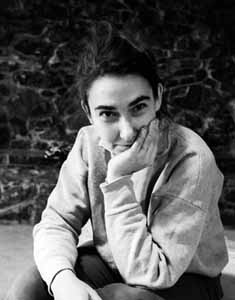
Pat Passlof was an American abstract expressionist painter.

Erased de Kooning Drawing (1953) is an early work of American artist Robert Rauschenberg. This conceptual work presents an almost blank piece of paper in a gilded frame. It was created in 1953 when Rauschenberg erased a drawing he obtained from the abstract expressionist and American artist Willem de Kooning. Rauschenberg's friend and fellow artist Jasper Johns later framed it in a gilded frame and added a written caption to mimic the framing style of the Royal Academy and monogramming found on Renaissance drawings and prints. The caption reads: "Erased de Kooning Drawing, Robert Rauschenberg, 1953". It has been in the collection of the San Francisco Museum of Modern Art (SFMOMA) since 1998. SFMOMA describes the work as a "drawing [with] traces of drawing media on paper with a label and gilded frame."

Woman VI is a 1953 abstract work of art painted by Willem de Kooning and first displayed at the Sidney Janis Gallery in Manhattan. Since the 1955 Carnegie International Exhibition, Woman VI has been on view at the Carnegie Museum of Art as part of the Postwar Abstraction collection. The Woman paintings of the early 1950s are widely considered to be de Kooning’s most important works for their significance to postwar American cultural history and social events, such as the mid-century Feminist Movements. Many of the paintings are speculated to be abstracted portraits of Marilyn Monroe. Woman VI is notable within the series for its brighter palette of green and red paint employed in larger fields of color.
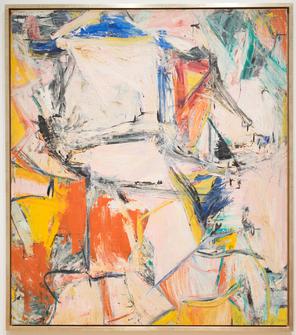
Interchange, also known as Interchanged, is a 1955 abstract expressionist oil painting on canvas by Dutch-American painter Willem de Kooning (1904–1997). Like Jackson Pollock, de Kooning was one of the early artists of the abstract expressionism movement, the first American modern art movement. The painting measures 200.7 by 175.3 centimetres and was completed in 1955. It marked the transition of the subjects of de Kooning's paintings from women to abstract urban landscapes. It reflects a transition in de Kooning's painting technique due the influence of artist Franz Kline, who inspired de Kooning to paint with quickly made gestural marks as opposed to violent brush strokes. The painting features a fleshy pink mass at its center, representing a seated woman.

Woman-Ochre is a 1955 abstract expressionist oil painting by Dutch/American artist Willem de Kooning, part of his Woman series from that period. It was controversial in its day, like the other paintings in the series, for its explicit use of figures, which Jackson Pollock and other abstract expressionists considered a betrayal of the movement's ideal of pure, non-representational painting. Feminists also considered the works misogynistic, suggesting violent impulses toward the women depicted.

Lee Hall was an American painter, writer, educator, and a university president. She was an abstract landscape painter. She served as the 13th president of Rhode Island School of Design (RISD). In 1993, Hall wrote a controversial book on the artists Willem de Kooning and Elaine de Kooning.

















